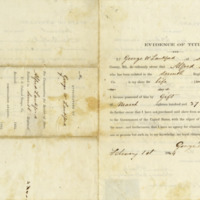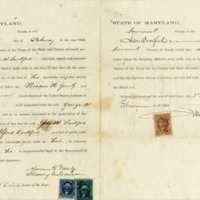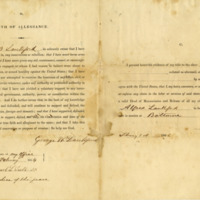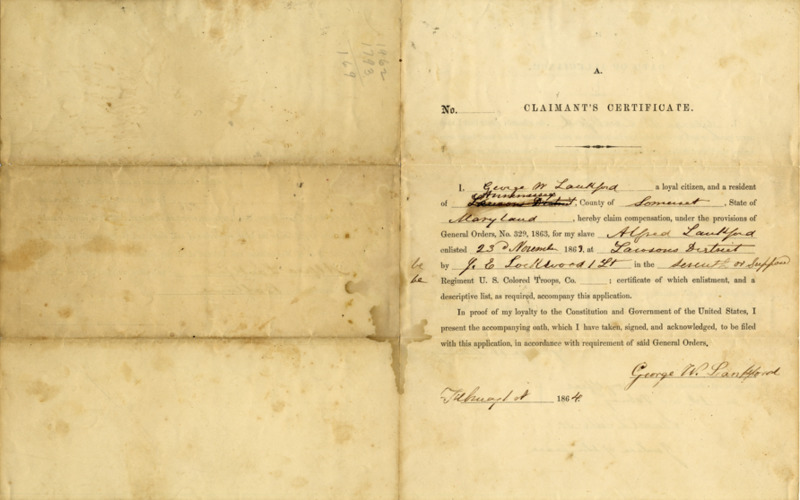Tracing Family Roots
Many people and families have left a lasting impression on the region. They have worked the land, started businesses, built homes and educated youth. Using resources such as correspondence, marriage licenses, family bibles, photographs, and business records, family researchers reveal interesting and eye-opening pasts. Gaps may exist in a family lineage because of a lack of records during a certain period or the unfortunate destruction of documents. Piecing information together can require multiple resources and years of searching in libraries, archives and courthouses.
African American ancestors can be difficult to research as many who were enslaved were identified by their first name, assigned by their owner, within a list of the estate’s property. Early lack of documentation can present obstacles but as time passed and societal norms and laws changed and as civil rights progressed, more reliable records were created. A manumission, or formal emancipation, documents when an owner freed a slave. Marriage licenses document the union of freed African Americans. Family bibles also contain value information about dates of birth, baptisms, marriages and dates of deaths.
Click on the arrows to browse the George W. Lankford Manumission, or click on the image below to enlarge.
This document is a written record of the agreement made by George W. Lankford to free his slave, Alfred Lankford, in Somerset County in 1864. George presented evidence of title to the slave, Alfred Lankford, and then pledged to execute a valid Deed of Manumission and released all of his claims to service forever of Alfred Lankford. The evidence of title states that George received Alfred as a gift in March of 1837. George received compensation for enlisting Alfred in the U.S. Colored Troops.








